Words and photographs: Jill Chivers
The Museum of Brisbane has celebrated the work and accomplishments of successful Australian fashion design duo Easton-Pearson with a stunning exhibition of some of their designs and an insiders look into their processes and values.
Pamela Easton and Lydia Pearson met in the 1970s through mutual friends and the theatre, and combined their considerable talents and interests to form a fashion brand which became internationally successful. They closed their doors in 2016 after 28 years in business, leaving an indelible mark on the fashion world, both here in Australia and around the world.
I attended the celebration of their combined work at the Museum of Brisbane. As I walked around the exhibition, engaged with the interactive tablet-driven data, watched their short video, and took in the richness of all Easton-Pearson had created, I got to pondering Style Type, and what I was observing. There was definitely something Type-related happening here!
Style Type Is Here!
It became obvious very quickly that there was a Style Type factor to be considered in the work of Easton-Pearson. The first obvious clue was the theme running through their designs. Whilst style expression is distinct from style essence, and we cannot tell someone’s Style Type just by looking at how they are dressed, how someone chooses to dress gives us some clues.
We can use these clues to narrow down possible Style Types, and perhaps come up with a working hypothesis from which other data can be held up against and filtered through.
The theme running through Easton-Pearson’s designs is definitely one of fancy and whimsy. You can see it clearly when you look at their designs.
An Inspired Design: Creative, Original
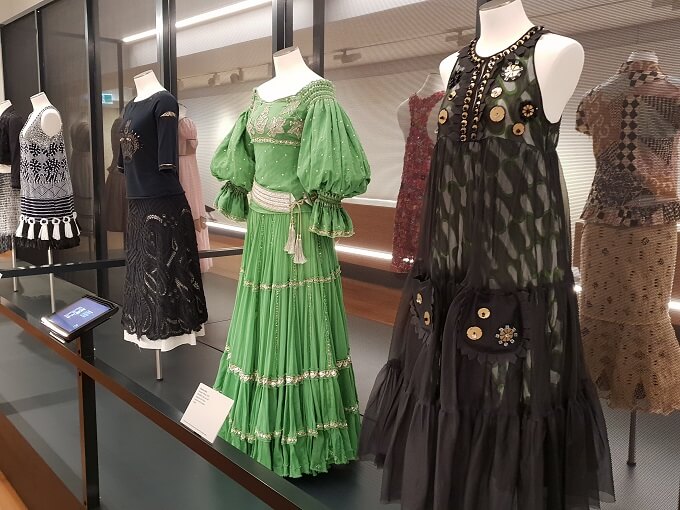
A showcase of Easton-Pearson’s inventive, original designs
Something A Little Bit Different: Exotic, Unusual, Unexpected
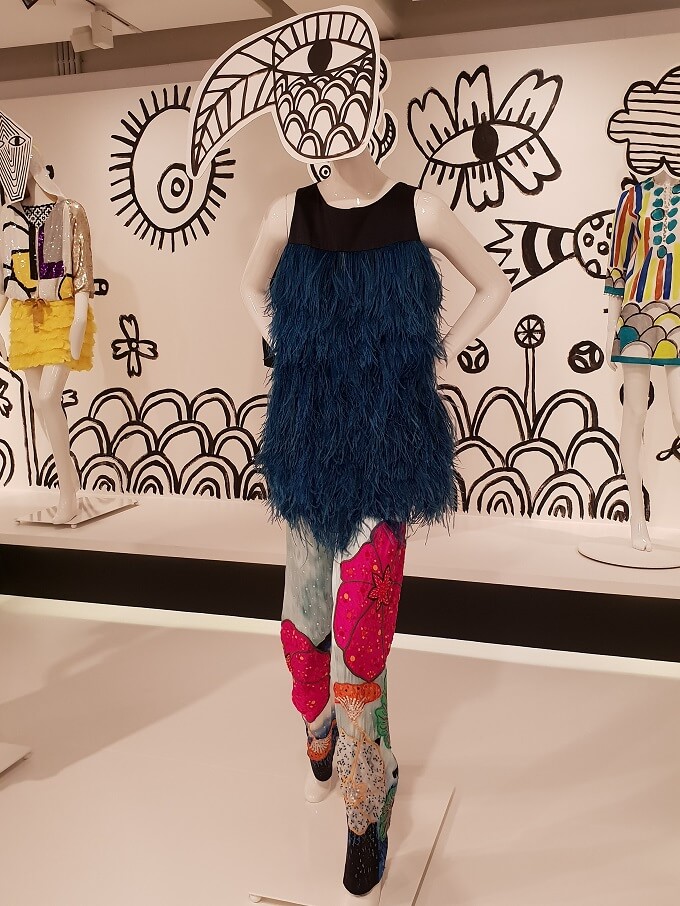
Another glorious example of the exotic and inspired creations of Easton Pearson
Vogue had this to say about the Easton-Pearson aesthetic:
“Known for their celebration of colour and use of intricate techniques in embroidery and embellishment, the duo established an aesthetic that reflected their love of travel and connection to other cultures around the world.”
In the exhibition itself, in describing the illustrator Stephon Mok’s contribution to Easton-Pearson’s success:
“His playful aesthetic sums up the fantastical world of Easton Pearson where simplicity and details shine, and artistry triumphs“.
What It’s Not
I attended the museum with an older friend whose preferences are ESTJ, and within moments she had declared everything “utterly unwearable”, stating over and over “Where would you wear this?!“. Such an intriguing response! Mostly amused but slightly exasperated, she found it all too strange for her.
I, too, found almost all the pieces to be artful and exotic, and yes, there was nothing I saw in these glorious clothes that I felt I wanted to wear myself. I was taking an Art Gallery approach to the exhibition, enjoying it immensely… but so interesting that my friend was viewing it through a practical lens only – she simply could not imagine wearing any of these items, nor could she imagine a scenario in which this clothing could be appropriate for the situation.
Another rich layer of Style Type was starting to gather shape! For someone with ESTJ preferences to have such a strong reaction and to find it all, let’s call it, opposite to her own likes and what she considers to be “good dressing”, was useful data to me. If an ESTJ found this all “not right”, then perhaps we could be looking at a Style Type influence that was also very different to ESTJ. The four-letter type opposite to ESTJ is INFP… so that’s interesting.
I was a Style Type detective now, gathering clues and assembling information, adding in new data as it was coming to hand, delaying conclusions until I had enough information to start forming a perspective. But a perspective was definitely on the horizon!
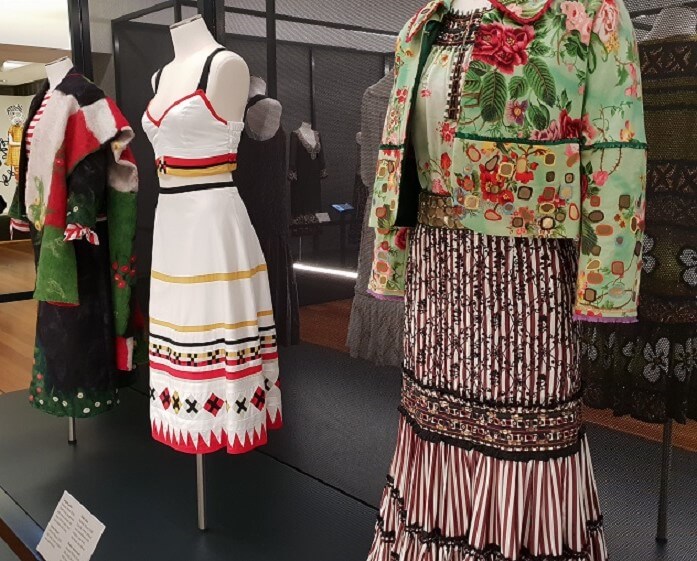
Another illustration of the glorious designs of Easton Pearson – with a very distinct aesthetic
What Are We Seeing (And Hearing) Here?
When I watched the four-minute video the exhibition had on endless loop, I was struck by this statement Lydia Pearson made, obviously agreed to immediately by Pamela Easton who added to it and nodded all the way through as Lydia was talking:
“We were interested in similar kind of clothing and ways of designs. We worked like one person, not like two arms of a team. It was extremely inefficient – was really really bad business but very very good for our relationship and the way the business went forward.. We. sat together at the desk every day … every single decision was made by both of us. Crazy… but it kept us together and it meant there was never any questioning. On the creative side, it meant that the garments were more thought-through and a lot richer”.
How fascinating! They seemed so happy to be declaring themselves inefficient. This inefficiency was not only something they acknowledged about themselves, not only something they embraced about themselves, but something they celebrated about themselves. This inefficiency, in their minds, gave them great benefit – huge invaluable benefits.
Curiouser and curiouser! This is how I unpacked that:
The Value of Inefficiency
If we consider the Style Type who most values efficiency, one of a small handful that leaps to mind is ESTJ. We have called them ESTJ: The Effective Stylist in the 16 Style Types system. There are other Style Types which value efficiency, yes, but at the top of the list is ESTJ.
Adding to my exhibition-mate’s preferences for ESTJ and her response to the exhibition, this was starting to form a clearer picture now. If what Easton-Pearson are doing is the opposite of ESTJ — this celebration of inefficiency in service to richness and relationship — surely we are looking quite clearly at the dichotomous opposite of that… INFP again.
Although at this stage of my Style Type sleuthing, I was also considering ISFP because of the whimsy/artisan factor (we have called ISFP The Whimsical Stylist, the Style Artisan in the 16 Style Types system).
I needed more information.
Wishing… and Hoping…
Throughout the exhibition, tablets had been placed in front of each 3-mannequin display, where you could tap on the tablet to find more information about a particular garment. This More Information backgrounded the piece, what inspired it, what went into its production including the regions of providence and manufacture, and the people who contributed to its design and production.
Here’s an example using the Wish Top:
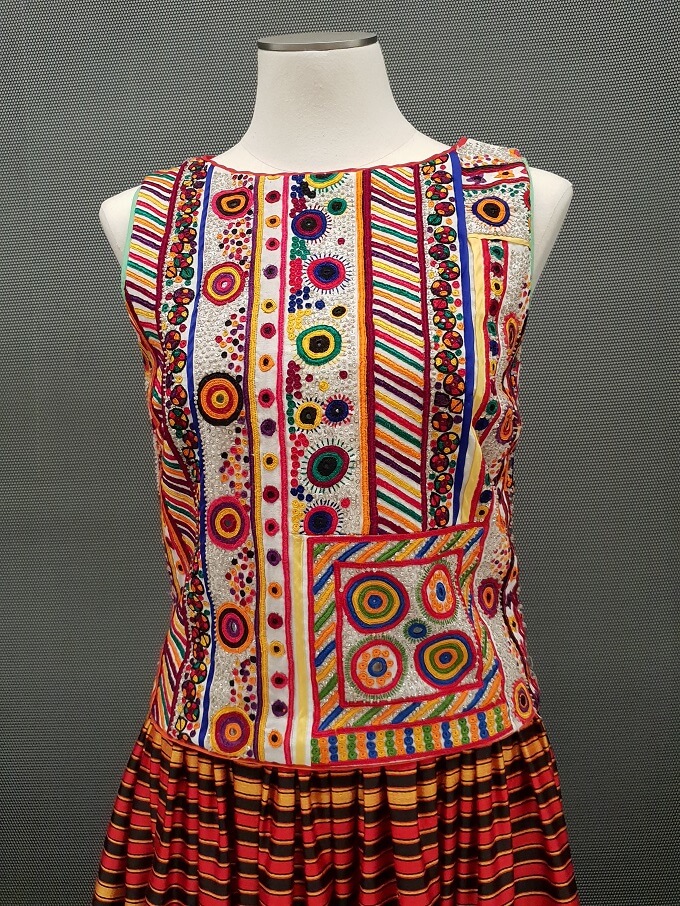
Easton-Pearson Wish Top – an intricately embroidered, colourful creation of beauty
More Information About The Wish Top
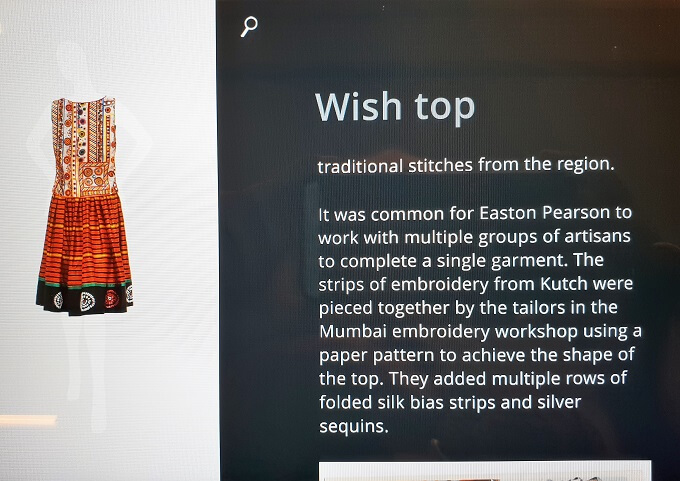
Wish Top Background – telling us the where and who of the garments inspiration and creation
More Information About the Wish Top II: A Photograph
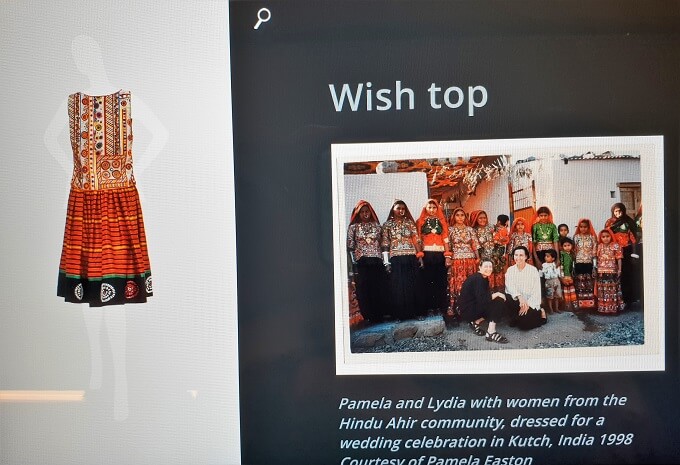
Easton-Pearson Wish Top Background – a photograph showing us the people involved in its creation
The More Information I was gleaning was vital in leading me further down the Style Type Sleuthing path, and narrowing the Style Types for consideration to 3 possibles: ENFP, INFP, and ISFP.
After watching the video on continuous loop in the exhibition several times, doing another circuit of the exhibition, and reading almost every tablet’s More Information, I narrowed it down to the two NF Style Types of ENFP and INFP, leaning to INFP. It was just a hunch, but a fairly well-informed one.
Why not ISFP?
ISFP, whilst whimsical and artisan, simply wasn’t eclectic enough, wasn’t so inventive, so original… what I was seeing was highly inventive, highly original, highly eclectic. Yes there was some detail on display, which would lead me to ISFP over one of the Style Types with N (for iNtuition) in their Type code, as Sensing is often associated with detail-orientation. But the overall vibe just didn’t have enough pragmatism to it. Overall, there was an NF vibe emanating from everything I was seeing.
Additionally, my ESTJ friend called much of it kooky and “out there”. ISFPs, whilst whimsical and creative, are often much more pragmatic due to the S (for Sensing) in their Style Type code, they’re not generally kooky or out there in the same way their INFP friends can be. The SP part of their psychological make up gives them a spontaneous, free-flowing quality, but feet are almost always on the ground.
I was narrowing it down – I was seeing Values (for Feeling) and Inspiration (for iNtuition), leading me to suspect NFP as being the Style Type of Easton Pearson. This would mean ENFP or INFP. But which one?
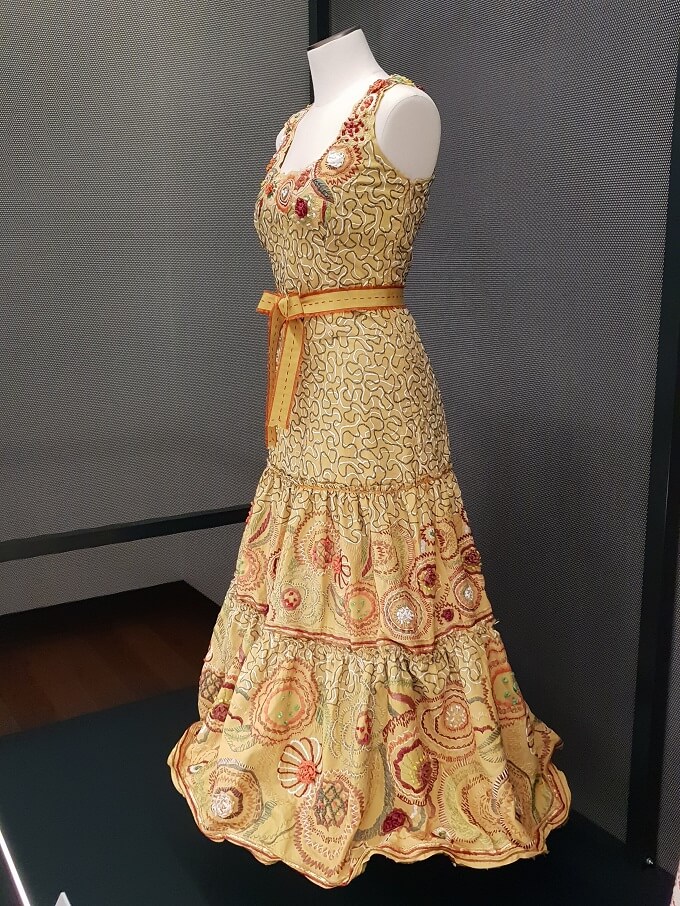
A sumptuous gown, a glorious concoction, with an intriguing design providence and process
ENFP and INFP: What’s The Difference?
ENFP and INFP are Style Type “cousins” – they have much in common, our research discovered when we created the 16 Style Types, when it comes to their approach to style. What they share in common is the same functions of:
- Feeling, and particularly Introverted Feeling which is all about internal harmony, personal values and assigning weight and worth based on personal principles. A key contribution is to clearly identify what counts, what is most important, and to stand up for and buy into the Most Important Thing (whatever that is).
- iNtuition, and particular Extraverted iNtuition which is all about possibilities, patterns and connections. Anything is possible here, and originality is prized. One of the biggest contributions of Extraverted iNtuition is to ask: What can we do that’s new and different?
People with these particular preferences often see connections that others do not, and their decisions and choices are informed by deeply held personal convictions about what they believe.
What’s different about INFP and ENFP is the order of these preferences. Whilst they both hold these two functions, they differ in the hierarchy of these functions.
INFP – Values First
INFPs have a leading or dominant function of Introverted Feeling. In summary, INFPs uphold the important:
INFPs have an imaginative inner life of ideas, guided by core values and beliefs. They envision pathways to a better world which they pursue with conviction and passion. They enjoy finding new outlets for self-expression. As their convictions , passions, and values differ from person to person, the way each INFP shows up in the world varies. Idealistic, INFPs are often concerned with improving the experience that people have in the world around them. Accommodating, adaptable, thoughtful and principled, INFPs are often on a quest for meaning and truth.
The supporting or auxiliary function for INFP is Extraverted iNtuition (yes, the dominant/leading function for ENFP), and this is what we often see and observe – this sense of possibilities is what is visible to the external world. By its nature, this secondary function is extraverted, visible to the external world.
But don’t be fooled! Just because we are seeing this secondary/supporting function doesn’t mean it’s the driving force.
For INFPs, we do not see their dominant and most developed function. This internal world of values, conviction and meaning is, by its very nature, introverted, not visible. But it’s there, guiding the ship, taking prominent (if potentially unconscious) place as the most significant aspect of the INFP psychological make-up.
ENFP – Inspiration First
ENFPs have a leading or dominant function of Extraverted iNtuition. In summary, ENFPs unfold the possibilities:
ENFPs are dynamic and interested in ideas and people. They want to create positive change by devising new perspectives that create positive outcomes. They bring optimism and vibrancy to the lives of others. Ideas-driven, people-oriented possibility makers, when you’re around them, you can have the experience of feeling that anything might happen! Often inspiring to others just by being themselves, ENFPs are people magnets, bringing people to them with their vibrant outlook on life. Supported by a strong sense of inner values, ENFPs catalyze change effortlessly.
ENFPs have a supporting or auxiliary function of Introverted Feeling (yes, the dominant/leading function for INFP). Decisions are made based on deeply held convictions and personal values, their sense of what is right and wrong, moral or not, ethical or otherwise. We don’t see this secondary function, by its very nature it is introverted. But it is there co-piloting the ENFP through life.
What we do see is their leading/dominant function of Extraverted iNtuition. We see their big picture ideas, sometimes idealism, the possibilities they imagine for the projects and people they are involved in and care deeply about. This, the ENFP dominant function, is available to us to observe, and it is also guiding the way for the ENFP as the most developed (if perhaps unconscious) aspect of their psychological DNA.
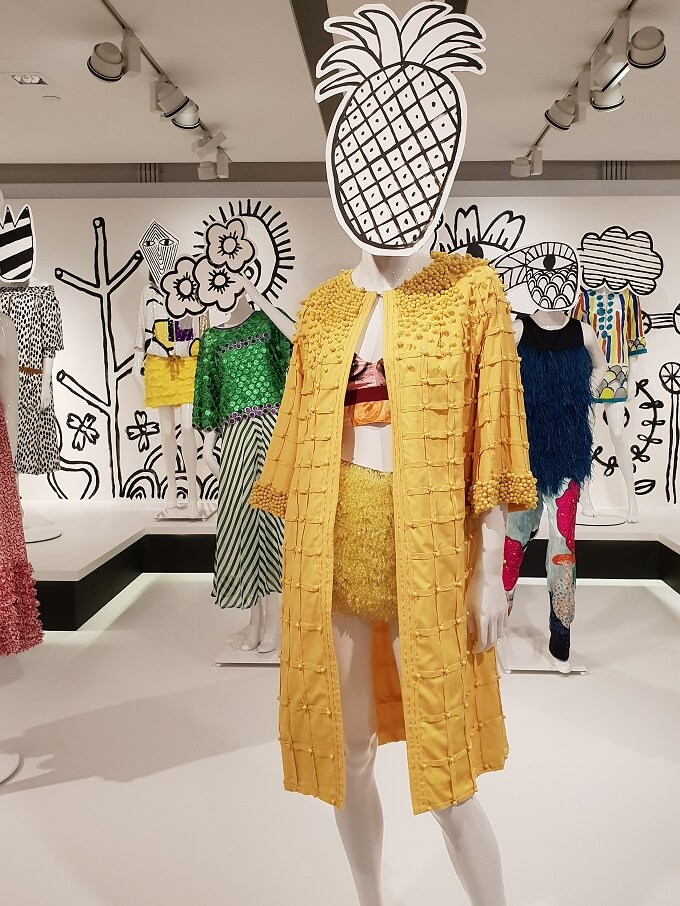
Colour, print, pattern, texture, silhouette, shape – it’s all so original, inventive, and eclectic
Slow, Considered, Legacy
Vogue had this to say about the winding down of Easton Pearson’s business in 2016 and the curating of their archive of over 3,000 individual pieces for the Museum of Brisbane exhibition:
“Subscribing to ‘slow fashion’ and making room for other pursuits were factors they said contributed to the closure of their label in 2016. Their legacy – of carefully made, exuberant pieces grounded in the creativity and integrity of the artisans they partnered with and a slower, considered approach to fashion – now in the museum’s hands, will contribute to shaping future generations’ understanding of the way fashion can be made.”
This summary added significantly to my deliberations over whether I was seeing ENFP or INFP for Easton Pearson.
I was seeing:
- Slower. The pace of their design was not quick or exciting. It was deliberately slow and deliberate. Even the pace they spoke at in the video was slow, lots of gaps and pauses.
- Deliberateness. There was a considered quality to everything they did. Everything thought-through, all the time in the world taken.
- Legacy. A concern for their lasting legacy, what they were leaving for generations – of designers and consumers – was important.
- A lack of focus on the spotlight, more a focus on being together and doing the work quietly, and in remote places.
- A calm and tranquil quality, almost closed. Nothing excitable or overly energetic (not to be confused with a lack of energy, just a different quality to the energy). Whilst possibly receptive, the vibe was one of selective receptiveness.
It’s Gotta Be INFP
All of these things lead me to conclude that INFP was the best fit for what I was seeing, reading, watching, listening to, and generally picking up on for Easton Pearson.
Without engaging in a personal process of self-discovery with the people involved, this can only ever be a working hypothesis, of course. But I’ll stand by it as that!
More on The Eclectic Stylist: INFP, The Style Original
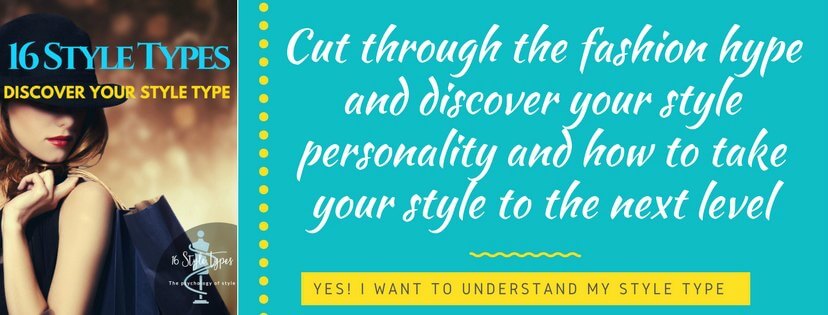
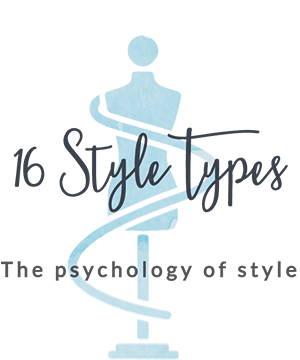

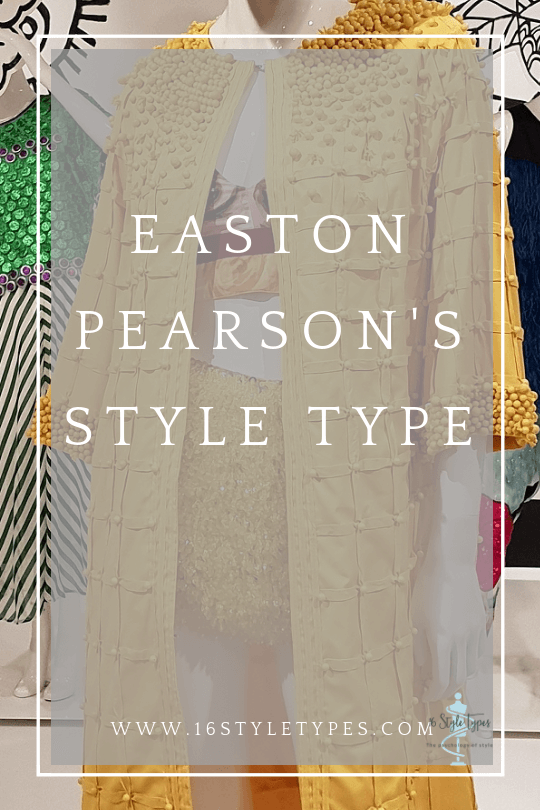
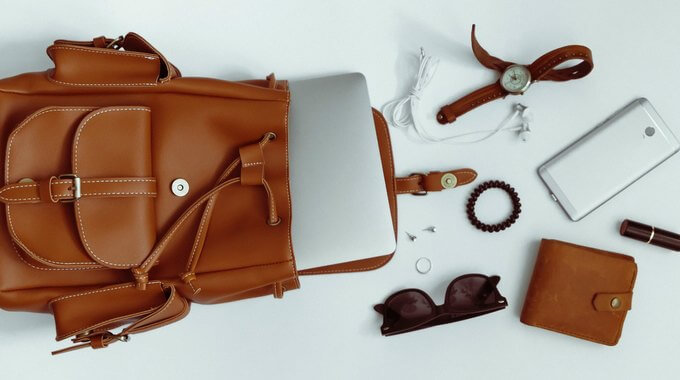
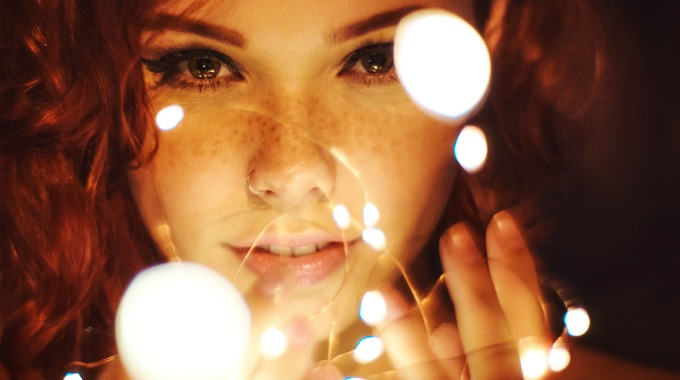

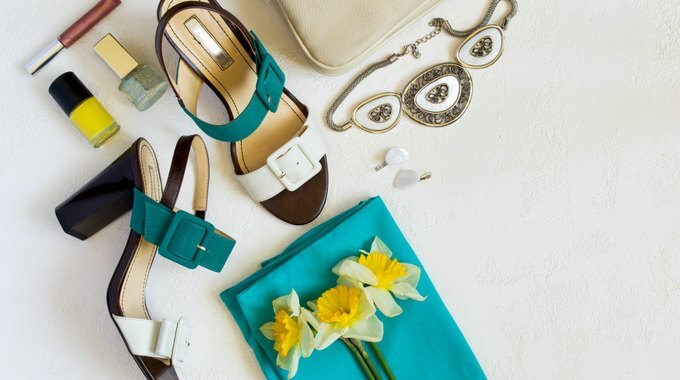
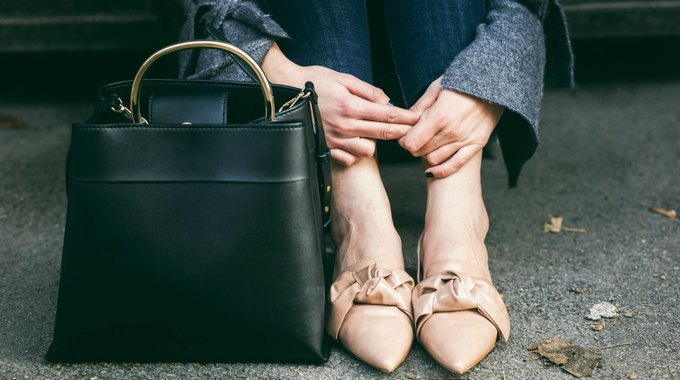
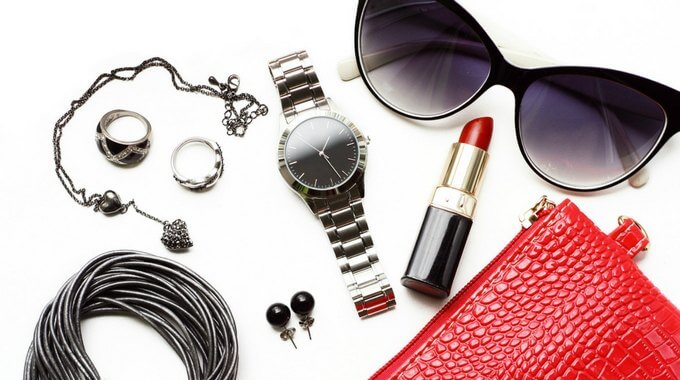
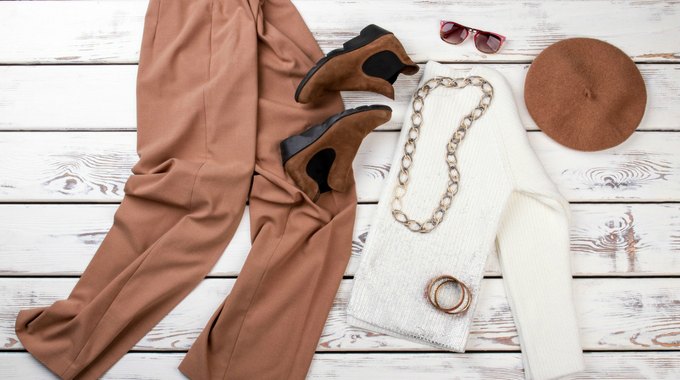
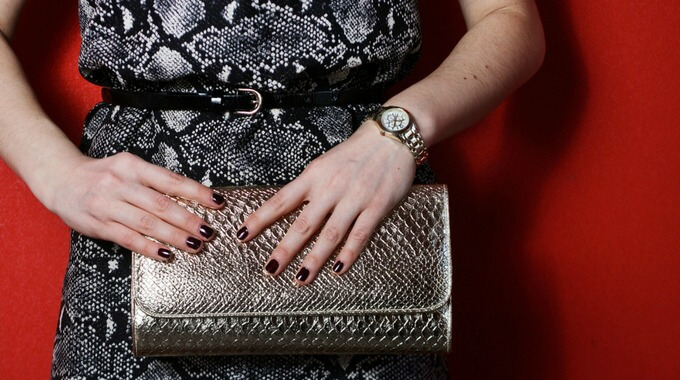
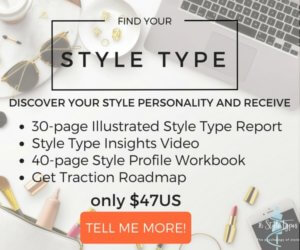
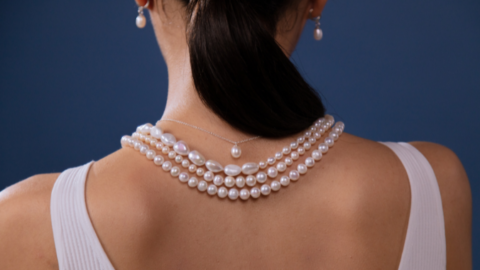

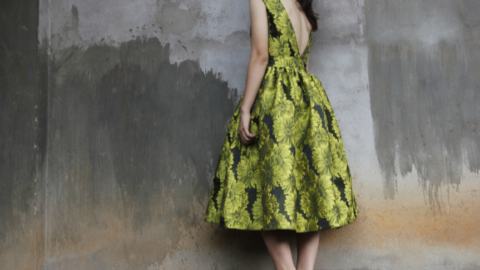
Fabulous post Jill – love your analysis of the words and clothing aesthetic. I think you’re right about INFP – I have a desigener friend who is an INFP and she loves creating the out-there designs that she comes up with – but is way less keen on doing the actual making (though she does it) – The Easton Pearson team had artisans doing that intricate sensing based work for them – making their ideas come into fruition. Plus – dedicating 28 years to their design business – working the same way together year after year is much more Introverted than Extraverted I’d have surmised as well. Fascinating!
Completely agree with those additional points about Easton Pearson!
Dear Jill……this is wonderful!
The detective work is fascinating! and the clothes! gorgeous!
I am always amazed by the depth and richness of “the 16 Style Types”….I’m truly more fascinated the more I read.
Thanks Cathy – really appreciate you reading, and appreciating this post! Such fun — the BEST fun for me — to do some Style Type Sleuthing, and Easton Pearson are such a feast for the senses and the imagination… style heaven! Thanks also for appreciation of the depth and richness of our work here at 16 Style Types – that means a lot.
I am an INFP and I utterly adore the clothes made by Easton Pearson. I enjoyed reading your analysis, Jill.
Fantastic, Lauren. Thank you for reading.
So interesting to read that you prefer INFP and adore Easton Pearson’s designs – loved reading that!
This was a great post, I found it fascinating, I love Easton Pearson and Ive added that exhibition to my to do list when next in Brisbane
Thanks for reading, and your comment, Robyn! The exhibition is stunning – a visual treat…
I finally saw this exhibition a couple of weeks ago, loved it, many of the pieces I found quiet wearable or as art pieces. The details in the trims and designs and the stories behind the pieces were as intriguing as the pieces themselves. I noted the day I was there many of the woman were sewers or design students. A truely wonderful glimpse into what must be an amazing collection
I am an ENFP and love love love these fashions. Similar impulses make me love Gudrun Sjoden and Zuri designs. No idea what the significance is, but thanks for introducing me to this beautiful to look at fashion work.
They are stunning, aren’t they Lowell? I was quite stunned by the pieces on display, just imaginative and evocative pieces in so many ways. And, so interesting to hear your Type preferences for ENFP and how these fashions appealed to you!
Brings another whole dimension to designers when viewed through a type filter. Hope you have other exhibition opportunities to share your type thoughts on the people behind the labels.
Such an engaging article, enjoyed your sleuthing immensely! Thank you for taking us through the process, Jill. Learn so much as always!
That’s it, Sara – I had an inkling I might have some Style Types thoughts pop into my head before I went to the exhibition, but once I was there, it took about 10 seconds before I thought — “Style Types implications!!!” I was thinking similar things to what you’ve said: wouldn’t it be a fascinating thing to look at other brands/labels/designs/fashions and see if there’s a Type connection…. could be…
Really appreciate you reading, and commenting, Sara.
This INFP would love to wear some of those creations, the golden gown especially. Very interesting article, Jill.
hi Patricia, appreciate your comment – thanks for reading! The Easton Pearson creations are just glorious, aren’t they. So interesting to read that you, with preferences for INFP, would love to wear some of them!
Interesting! I’d never heard of Easton Pearson and clicked the link simply because I liked the clothing in the thumbnail. (INFP here) The only piece in the article I didn’t care for was the blue feathered tank, because it looks tickle-y and uncomfortable and not figure flattering. Other than that piece, I think all of these are much more practical and wearable than anything I’ve ever see on the runway. I love the yellow jacket, the long gold dress and the wish top. Funny how, in the photo where the HIndu women are all wearing similar (and beautiful) clothing, it loses it’s specialness because there is so much of it together. The eye is drawn more to the very plainly clad Pamela and Lydia. It also seems strange to me that they made wonderful colorul garments yet are wearing such plain black and white garb.
Wow Jill, this was a fascinating read. As a ISFP I was interested to read your comments there and although I loved the selection of photos, I could not see myself wearing them. Maybe the floral jacket!! Thank you for putting together the article.
Jill, I really enjoy reading your analyzes and comments on the 16 Style Types. What an amazing knowledge for being able to narrow it down to finally 2 and then choosing 1! Being an ENFP – I only can agree it must be an INFP as I am not able to choose :-)
I adore the last picture featuring the yellow coat with pearls which makes me swoon. Before even reading your post, I was already putting outfits together and imagine where I could wear it.
Thank you for sharing!
Well I wasn’t sure what to think at the beginning of this article as I cannot fathom the idea of gong to an EP exhibition and thinking ‘but where would I wear’ Where wouldn’t I wear. I love Easton Pearson and actively collect and pop on just for the sheer joy their pieces bring to me and to the many conversations of ‘l love your outfit’ – Then it all clicked into place, Jill your article was wonderful and I am glad I was able to read such a brilliant synopsis xx Erica p.s Tell your friend, I just bought the green jacket, I thought I’d just wear to school pick up x